All Science
 What's the mass of an electron? Scientists make most precise measurement yet.
What's the mass of an electron? Scientists make most precise measurement yet.Using a novel technique, scientists have greatly improved the precision with which they can measure the mass of an electron, a new study reports.
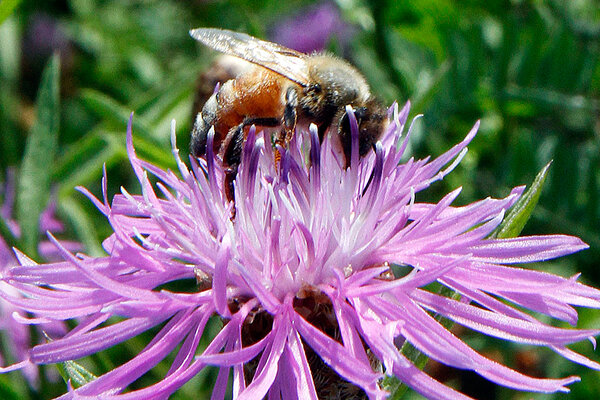 Bumblebees catching diseases from honeybees, say scientists
Bumblebees catching diseases from honeybees, say scientistsBumblebee populations are declining worldwide, thanks in part to illnesses contracted from their commercialized honeybee cousins, new research finds.
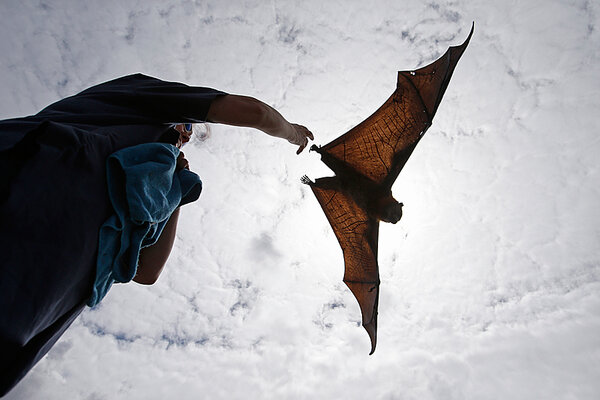 Will an army of robotic bats soon fill the skies, blotting out the sun?
Will an army of robotic bats soon fill the skies, blotting out the sun?Probably not. But here are some researchers studying the flight dynamics of fruit bats so that they can build more efficient flying robots.
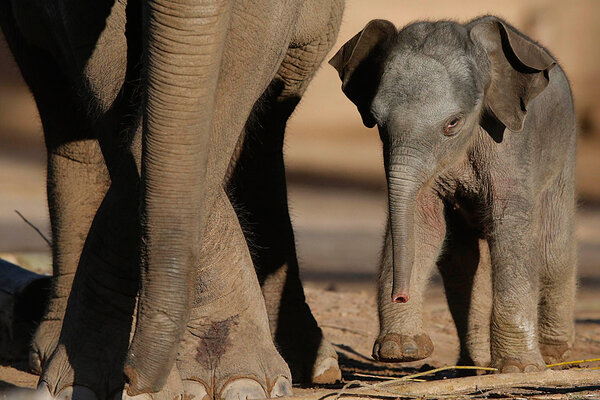 Asian elephants show remarkable empathy, say scientists
Asian elephants show remarkable empathy, say scientistsAsian elephants will console distressed peers through touching and 'talking,' say researchers, suggesting that these animals are capable of empathy.
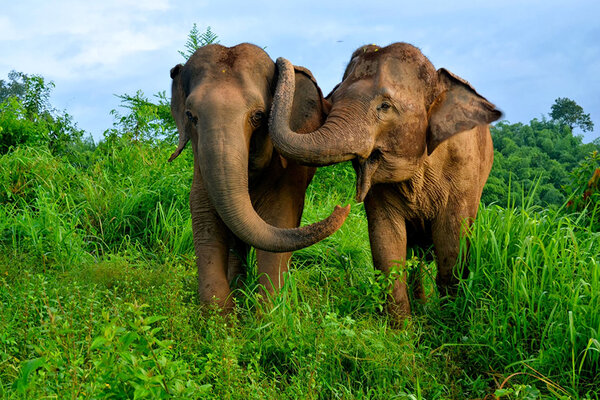 What is an elephant handshake?
What is an elephant handshake?From putting their trunks in each other’s mouths to making high, chirping sounds, Asian elephants know how to comfort and console each other in times of distress, study finds.
 Why Mount Hood's next eruption will be like a big blob of toothpaste
Why Mount Hood's next eruption will be like a big blob of toothpasteMixing of hot and cold magna can bring a volcanic eruption in as little as 60 days. Volcanic eruptions at Mount Hood occur when cold magma, stored like 'peanut butter in a refrigerator,' mixes with hot magma from deep within the Earth’s crust, say researchers.
- Asteroid 2014: How to destroy an Earthbound asteroid
Asteroid 2014: On Monday night, a 295-yards wide asteroid came within 27,000 miles of the Earth. One 2014 solution for an incoming asteroid: blast it into small pieces with a nuclear bomb. Could we get there in time?
- What does Space Station do with its trash?
A private cargo ship is now packed with Space Station trash. The ship, Cygnus, is headed for Earth's atmosphere, where it will burn up on Wednesday.
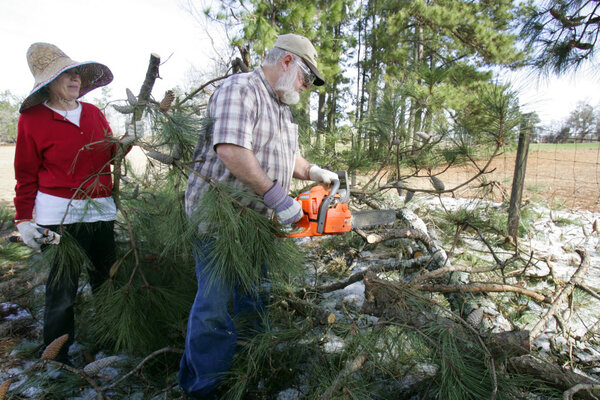 4.1 earthquake in South Carolina: What caused 'Valentine's Day Quake'?
4.1 earthquake in South Carolina: What caused 'Valentine's Day Quake'?A Valentine's Day earthquake in South Carolina alarmed millions of residents who’d just finished digging out of a rare snowstorm. Large earthquakes are rare in the Southern piedmont.
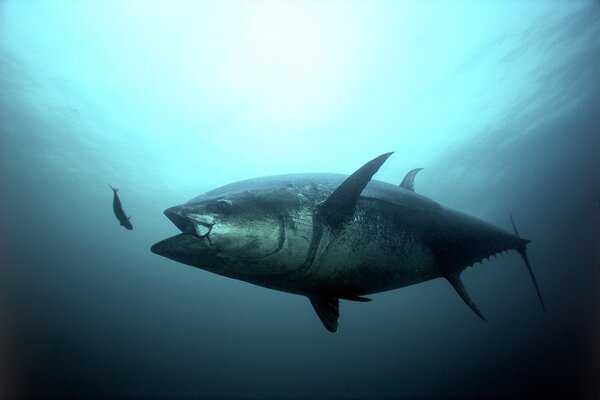 Oil spills can stop tuna hearts, say scientists
Oil spills can stop tuna hearts, say scientistsCrude oil interferes with the transfer of potassium in the heart cells of bluefin tuna, preventing their hearts from beating properly, reports a new study that has implications across the animal kingdom.
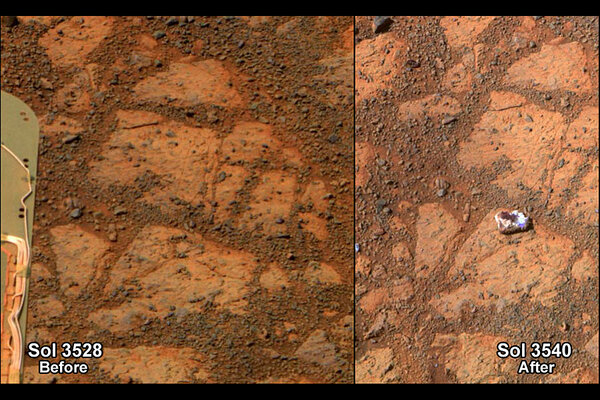 NASA finally solves mystery of 'jelly doughnut' on Mars
NASA finally solves mystery of 'jelly doughnut' on MarsAfter weeks of bewildered speculation, scientists at NASA have determined that the infamous 'jelly doughnut,' rock spotted by the agency's Opportunity Mars rover is a actually piece of a larger rock broken and moved by one of the rover's wheels.
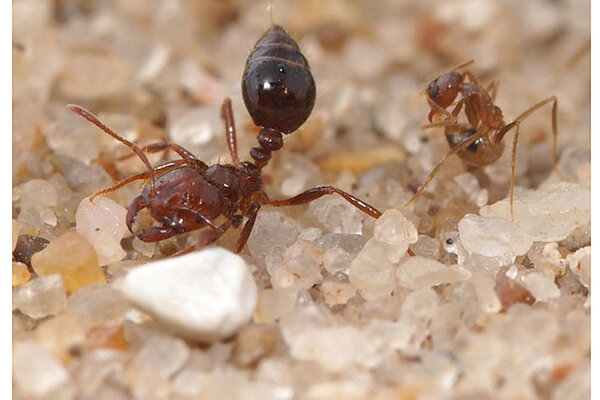 Crazy ants use ant-idote against fire-ant venom, say scientists
Crazy ants use ant-idote against fire-ant venom, say scientistsWhen a crazy ant gets stung by a fire ant, it secretes a defensive substance and rubs it over its body, a strategy that may be aiding the invasive species' slow takeover of the Southern United States, say scientists.
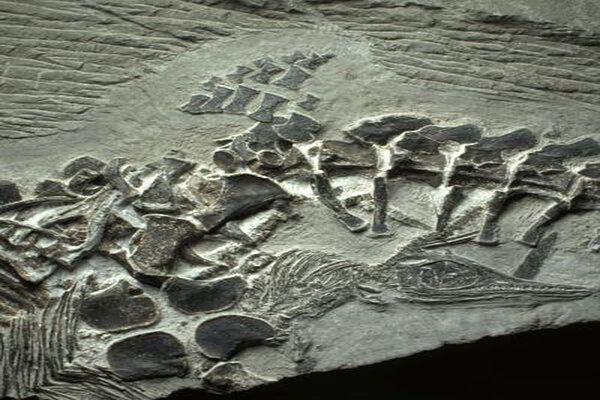 Fossil shows mother reptile in act of giving live birth, say scientists
Fossil shows mother reptile in act of giving live birth, say scientistsA fossil specimen recovered in China shows an ancient reptile in the middle of giving live birth, indicating that live-birth in air-breathing marine animals was not an aquatic adaptation.
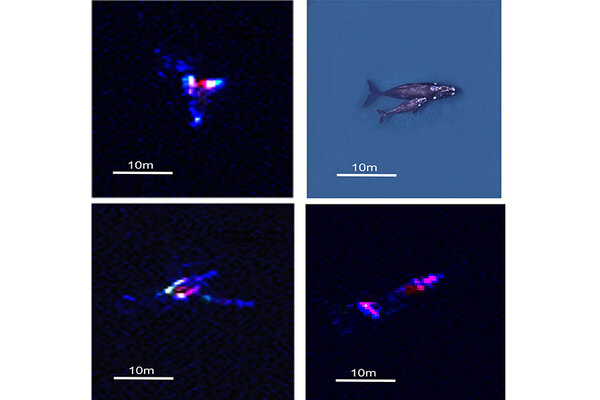 Whale-watching satellite will help conservation efforts, say scientists
Whale-watching satellite will help conservation efforts, say scientistsA team of scientists have used high-resolution imagery from satellites to count right whales breeding off Argentina's coast, pointing the way for a new method for analyzing populations of the marine mammals.
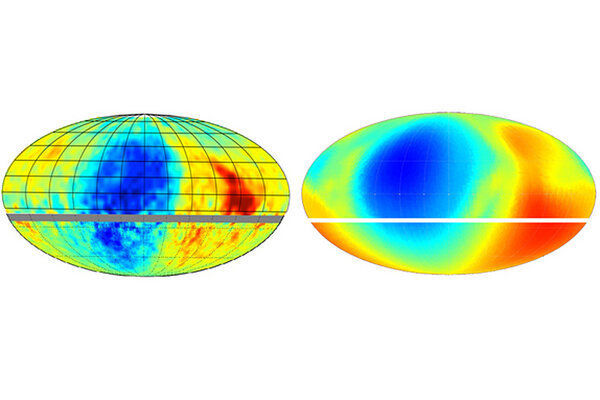 Mysterious 'energy ribbon' at solar system's edge baffles scientists
Mysterious 'energy ribbon' at solar system's edge baffles scientistsFirst spotted by a NASA spacecraft, a bizarre ribbon of high-energy particles could help unlock secrets about the boundary between our solar system and interstellar space.
 Genetic 'atlas' shows just how much of a hodgepodge we all are
Genetic 'atlas' shows just how much of a hodgepodge we all areInvasions, mass migrations, and other historical events have contributed to humanity's rich and diverse pool of DNA, a new study shows.
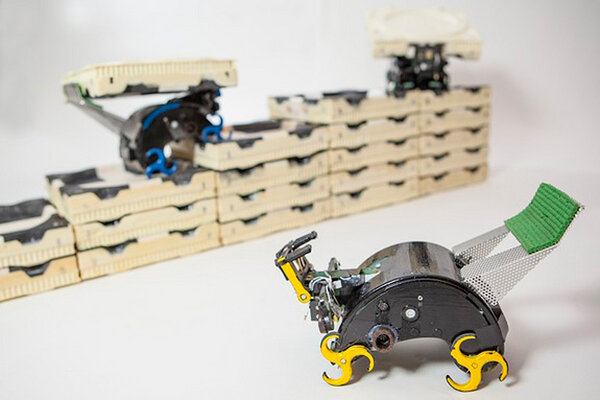 Will your next home be built by robot termites?
Will your next home be built by robot termites?Nope. Not a chance. Sorry. But maybe it will happen some day, thanks to a team of Harvard engineers who are developing autonomous construction robots inspired by the industrious insects.
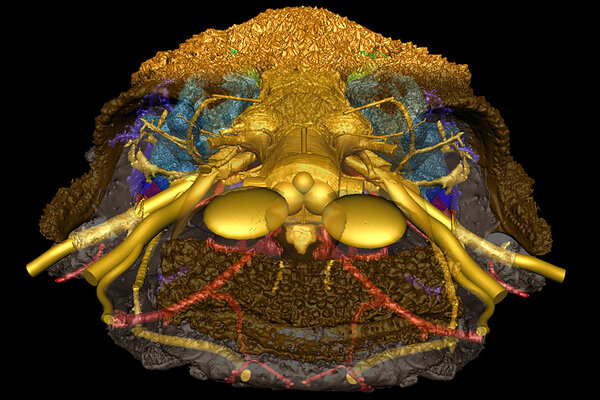 Why don't you look more like a hagfish? Scientists offer clues.
Why don't you look more like a hagfish? Scientists offer clues.Why do you have two nostrils, and what's the deal with your frontal snout? A Romundina stellina skull, whose features lie somewhere between hagfish and human, shines new light on how vertebrate faces came to look the way they do.
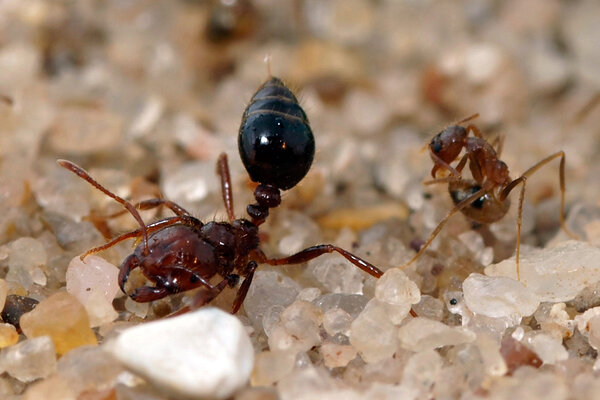 Why 'crazy ants' can hold their own in fights with notorious fire ants
Why 'crazy ants' can hold their own in fights with notorious fire antsCrazy ants drenched in venom from fire ants can secrete a detox agent and wash themselves with it, scientists have found. But the species is likely to pose problems for the US as it eats its way through many organisms at the bottom of the food chain.
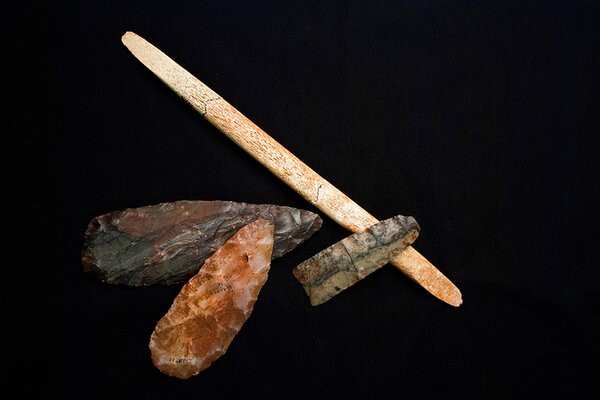 Ancient toddler's skeleton reveals clues to Native American ancestry
Ancient toddler's skeleton reveals clues to Native American ancestryA genomic study of a 12,600-year-old skeleton of a child aged between 1 and 1.5 years old suggests a common ancestry to Native Americans from Canada to South America.





















